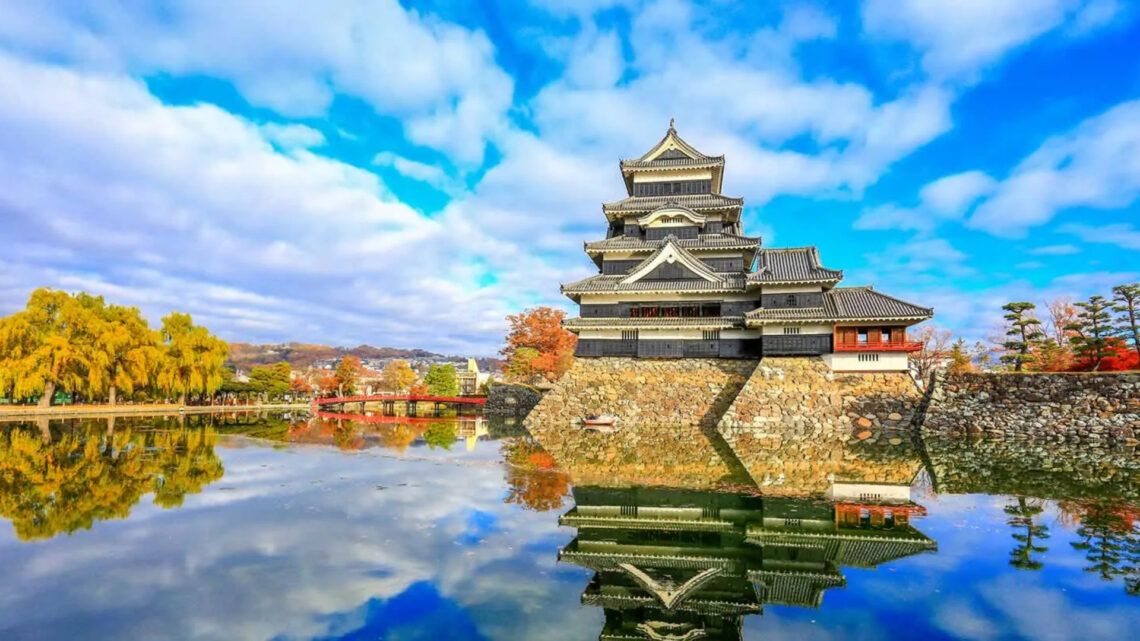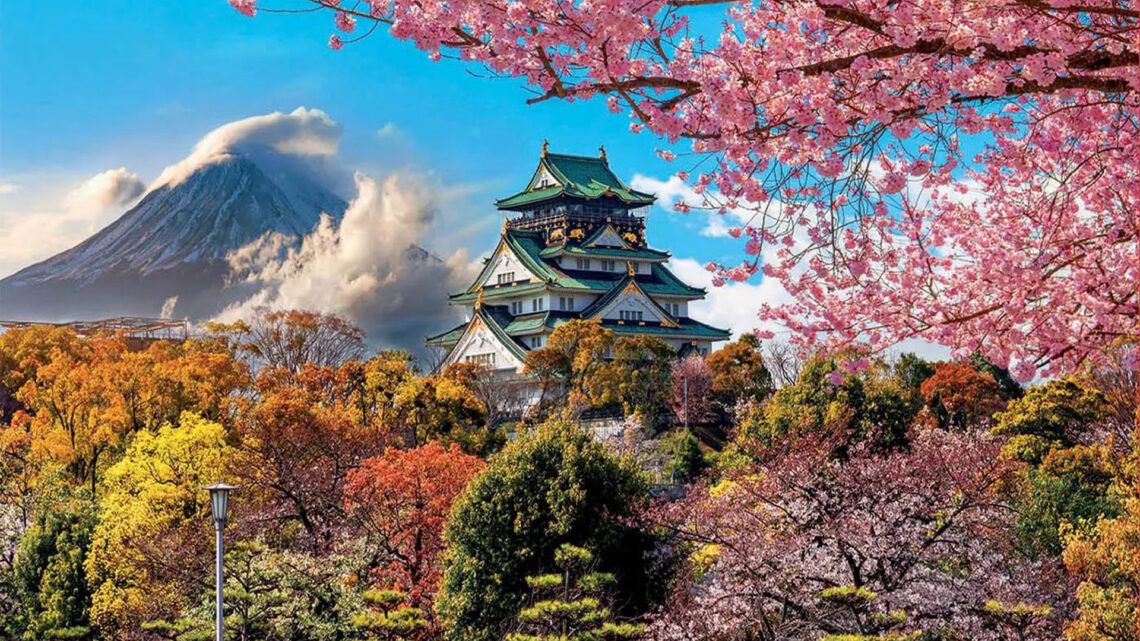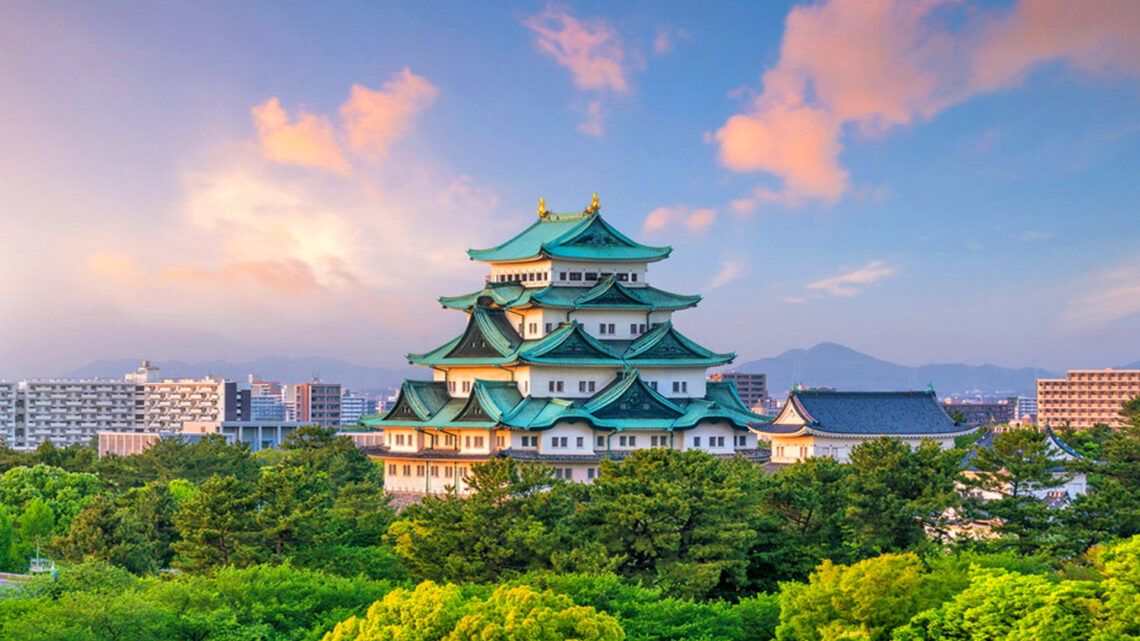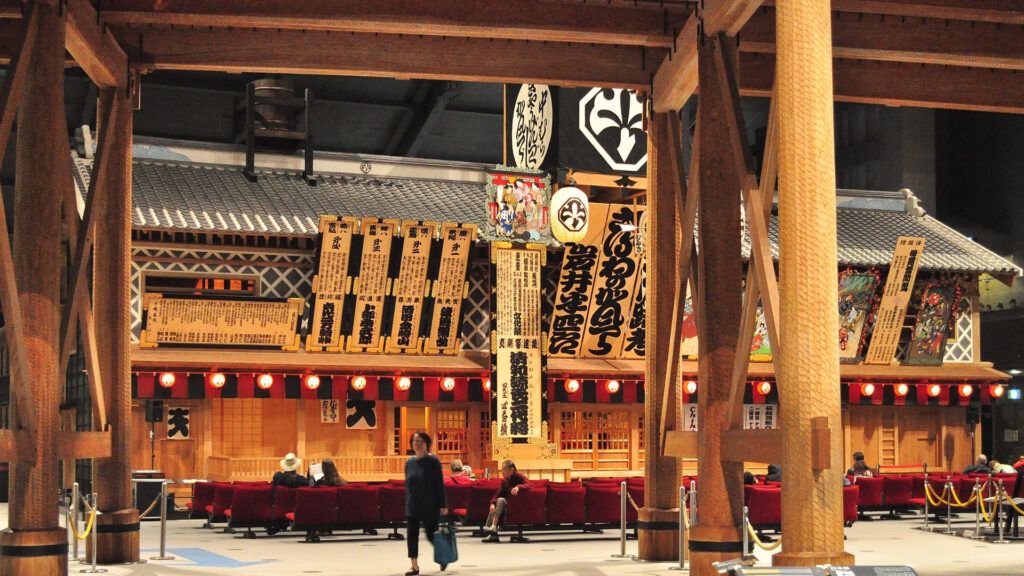
The Edo-Tokyo Museum, located in the Sumida district of Tokyo, offers a unique insight into the Edo era that shaped present-day Tokyo, as well as the exciting transformation of the city over the centuries. The architectural design of the Edo-Tokyo Museum itself is an impressive artwork, resembling the form of a traditional Kurazukuri, a warehouse widely used in old Edo. This architectural choice is not only aesthetically pleasing but also symbolizes the bridge between history and the present.
Upon entering the museum, visitors are welcomed by a wealth of exhibits vividly depicting the everyday life, culture, and social structure of the Edo period. Carefully curated exhibitions showcase a variety of artifacts, including clothing, tools, artworks, and even faithful reconstructions of Edo-era scenarios.
A highlight of the museum is undoubtedly the Edo-Tokyo City Model, providing a breathtaking overview of the urban development from Edo to modern Tokyo. One can feel the pulse of the city in different eras, observing the changing skyline and the development of city structures.
The Edo-Tokyo Museum also places a strong focus on the social and economic changes that began in the Meiji era, transforming the city into a modern metropolis. The exhibitions illustrate the challenges and successes of this period, laying the foundation for today’s Tokyo.
In addition to permanent exhibitions, the museum offers rotating special exhibitions on various topics, from contemporary art to archaeological discoveries. This dynamic approach makes every visit to the Edo-Tokyo Museum a unique experience with always something new to discover.
Interactive elements in the museum make the tour particularly engaging. Visitors can dress in Edo-era clothing, play historical games, or participate in craft activities, making the museum not only educational but also entertaining for people of all ages.
The café at the Edo-Tokyo Museum provides a pleasant opportunity to process impressions and reflect on the experiences. Here, one can enjoy traditional Japanese cuisine in a relaxed atmosphere and prepare for the next stage of the discovery journey.
Overall, the Edo-Tokyo Museum is a treasure trove of history that fascinates not only locals but also international visitors. The detailed presentation, impressive architecture, and diverse insights make this museum an essential destination for those seeking to understand the soul of Tokyo. It is not just a place of remembrance but also a living testimony to the constant change and adaptation this remarkable city has experienced over the centuries.
Adjacent to the café, a staircase leads to the upper floors of the museum, where additional fascinating exhibitions and galleries are located. One of them is dedicated to the cultural aspects of the Edo era, ranging from traditional festivals to art and theater. Here, one can delve deeper into the artistic flourishing of this time, whether through the colorful prints of Ukiyo-e artists or the intricate Noh masks that adorned the stages of the Edo period.
The exhibition spaces are equipped with state-of-the-art technology to transport visitors into different eras. Virtual reality and interactive displays provide immersive experiences, allowing a fresh perspective on historical events and scenarios. This innovative approach skillfully connects the past with the present.
The city’s development is presented not only on an urban planning level but also through the personal stories and fates of its inhabitants. In a touching collection of narratives and diary entries, it becomes clear how people from various social strata and walks of life experienced the changes in Edo and later in Tokyo. This human dimension gives the museum a deeper meaning, making it more than just a chronological representation of events.
An especially impressive exhibit is the faithful reconstruction of a typical Edo-era artisan workshop. Here, visitors can observe artisans at work and admire the craftsmanship that formed the basis for Edo’s thriving economy. These authentic insights create a connection to the people and working methods of that bygone era.
The Edo-Tokyo Museum not only conveys history but also the unique atmosphere and spirit of those times. The carefully designed exhibition areas create an immersive environment, allowing visitors to delve into the past and gain an understanding of the developments that have made Tokyo the vibrant, modern metropolis it is today.
Before leaving the museum, a visit to the museum shop is a must, offering a diverse selection of souvenirs and handmade products. From handcrafted kimonos to original prints and stationery, unique mementos are available to remind visitors of their journey through the history of Edo and Tokyo.
The Edo-Tokyo Museum is not just a place of learning but also of inspiration. It invites exploration of the rich history of this fascinating city and draws inspiration from the innovations and resilience of the people who shaped it. A visit is a journey through time that not only imparts knowledge of the past but also provides a deep insight into the identity and character of Tokyo.
In one section of the museum, there is a fascinating collection of Ukiyo-e prints that bring the art scene of the Edo era to life. These intricate woodcuts not only showcase the flourishing creativity of that era but also depict diverse themes ranging from landscapes to Kabuki theater to portraits. Some of the prints are masterpieces by renowned artists such as Hiroshige and Hokusai, capturing the aesthetics and spirit of the Edo period.
Another impressive section of the museum is dedicated to handmade Noh masks, offering insight into the world of traditional Japanese theater. These intricate masks, often crafted by skilled artisans, not only express cultural richness but also the deep spiritual and mythological roots of Japanese society.
The reconstruction of a traditional artisan workshop gives visitors the opportunity to experience firsthand the craftsmanship of the Edo era. From the production of textiles to the creation of handicrafts, the exhibition demonstrates how these artisans made a significant contribution to the economy and daily life of Edo.
In one corner of the museum, there is an impressive collection of everyday items, providing an authentic glimpse into life in Edo. From clothing to household goods to toys, these exhibits not only offer insight into material culture but also tell the stories of the people who used them. Each object contributes to a vibrant portrayal of how daily life was shaped in Edo.
The city model exhibition, offering a comprehensive overview of the urban development from Edo to today, is adorned with a multitude of miniature details. Every building, street, and river reflects the architectural and infrastructural changes that have taken place over the centuries. This impressive model allows visitors to literally trace the city’s history with their own eyes.
The stories behind the exhibits are as important as the objects themselves. The Edo-Tokyo Museum manages to bring the past to life by delving not only into the outward appearance of artifacts but also their cultural and historical significance. Each exhibit is a puzzle piece contributing to the complete picture of Edo and Tokyo in its fascinating complexity.
Traditional Craftsmanship at the Edo-Tokyo Museum
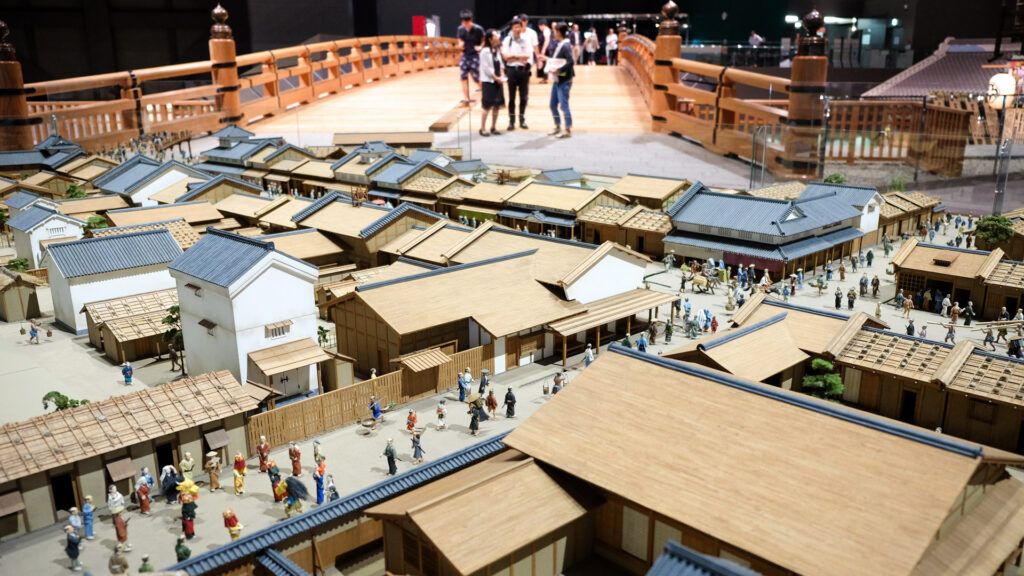
One of the standout attractions at the Edo-Tokyo Museum is undoubtedly its magnificent collection of traditional craftsmanship. The artisans of that era were masters of their trade, creating artworks that were not only functional but also aesthetically pleasing. A visit to the museum allows guests to experience the skills and techniques of these craftsmen through fascinating exhibits.
The ceramic art of ancient Edo is a vivid example of the virtuosity of the craftsmen. The intricately crafted ceramic wares, ranging from teapots to vases, not only reflect high craftsmanship but also tell stories of the significance and cultural influence of this craft during the Edo period. The exhibition showcases a variety of ceramic pieces, each a unique work of art in its own right.
In addition to ceramic art, the museum houses an extensive collection of handwoven fabrics, highlighting the skill of textile craftsmen from the Edo era. The colorful kimonos and finely crafted fabrics provide insight into the diversity of patterns and designs that shaped the fashion of that time. The exhibition not only conveys the craftsmanship but also the cultural significance of textile art in the context of the daily lives of Edo citizens.
Another highlight of the museum is the reconstruction of traditional craft workshops, allowing visitors to experience the process of creating specific crafts up close. From the production of bamboo goods to the art of papermaking, visitors are transported back to a time when manual labor and dedication to perfection were the cornerstones of the artisanal craft.
The Edo-Tokyo Museum honors not only the craftsmen themselves but also the tools and materials they used. The exhibition presents antique tools and artifacts that offer insight into the working methods of the craftsmen. From finely crafted wood carvings to delicate brushes and inkstones used by calligraphers, the museum provides a fascinating glimpse into the craft tools of bygone eras.
The interplay of tradition and innovation is particularly evident at the Edo-Tokyo Museum when tracing the development of crafts over the centuries. While many traditional techniques are preserved, the museum also provides a glimpse into contemporary interpretations and continuations of these ancient crafts.
Overall, the Edo-Tokyo Museum offers an unparalleled journey through the world of traditional craftsmanship in ancient Edo. Visitors have the opportunity not only to witness past masterpieces but also to understand the profound significance of this craftsmanship for the culture and daily life of the Edo era. A visit to the museum is an inspiring experience that instills respect for the craftsmanship and art of past generations while sharpening awareness of the values and creativity of our own time.
The Topics of the Edo-Tokyo Museum

The journey through the museum begins with an impressive overview of ancient Edo, present-day Tokyo. Detailed models of the city showcase the unique architecture, narrow streets, and vibrant atmosphere of that era. Visitors can vividly imagine life in this flourishing metropolis, ranging from the magnificent residences of the samurai to the bustling trade districts.
A highlight of the museum is the recreation of traditional homes, allowing visitors an authentic glimpse into everyday life during the Edo period. Here, they can admire the intricate details of traditional tatami mats, the minimalist elegance of tea houses, and the handmade wooden craftsmanship representing the artistry of that era.
The exhibition also delves into the social and cultural changes that occurred over time, highlighting the modernization and transformation of Japan during the Meiji era. Photographs, artworks, and artifacts document this crucial phase in Japanese history that marked the end of the samurai era and the transition to a modern nation.
Another fascinating section of the museum is dedicated to post-war Tokyo and its economic boom. Visitors can explore faithful reconstructions of the streets and shops of the 1950s and 1960s, capturing the atmosphere of a time when Tokyo emerged as a global economic power.
The exhibition provides insights into urban development and the challenges Tokyo faced over the years. Models and interactive displays illustrate the ever-growing skyline that changed over time, as well as the urban planning challenges confronted by Tokyo.
A special highlight of the museum is the depiction of the technological revolution that has taken place in recent decades. From the first camera automatons to the latest achievements in robotics, the Edo-Tokyo Museum showcases the impressive development that has made Tokyo one of the most technologically advanced cities in the world.
The museum continues its impressive narrative by bringing visitors closer to the artistic heyday of the Edo period. Carefully restored paintings, woodcuts, and artworks illustrate the flourishing creativity of this era. Artists such as Katsushika Hokusai and Utagawa Hiroshige, whose works are globally renowned, shaped this golden age of Japanese art.
A particularly captivating exhibition explores the cultural traditions and festivals that shaped social life in Edo-Tokyo. The artful kimonos worn during festivities reflect the vibrant colors and craftsmanship of that time. Interactive displays even allow visitors to virtually participate in these historical celebrations and experience the festive atmosphere firsthand.
The Edo-Tokyo Museum also addresses the darker sides of history, including natural disasters and fires that plagued Tokyo over the years. Historical accounts, models of emergency shelters, and personal stories depict how the residents of Edo-Tokyo coped with such challenges and rebuilt their city.
An exciting section is dedicated to changes in culinary culture from Edo to modern times. From the lavish banquets of the samurai to today’s culinary trends, the exhibition traces the evolution of Japanese cuisine. Visitors can discover not only changes in taste but also the influences of foreign cuisines that have shaped Tokyo’s culinary landscape.
The museum concludes with a glimpse of modern Tokyo, a vibrant metropolis that connects its rich history with a dynamic, innovative present. Through contemporary art installations, multimedia presentations, and immersive experiences, the visit becomes an impressive finale.
In summary, the Edo-Tokyo Museum offers an unparalleled journey through the epochs and facets of one of the most exciting cities in the world. It not only brings the past to life but also enables visitors to understand the unique identity of Tokyo and the interplay between tradition and modernity. This museum is not just a treasure trove of history but also a reflection of the fascinating evolution of Tokyo over the centuries.
The Modern in the Edo-Tokyo Museum
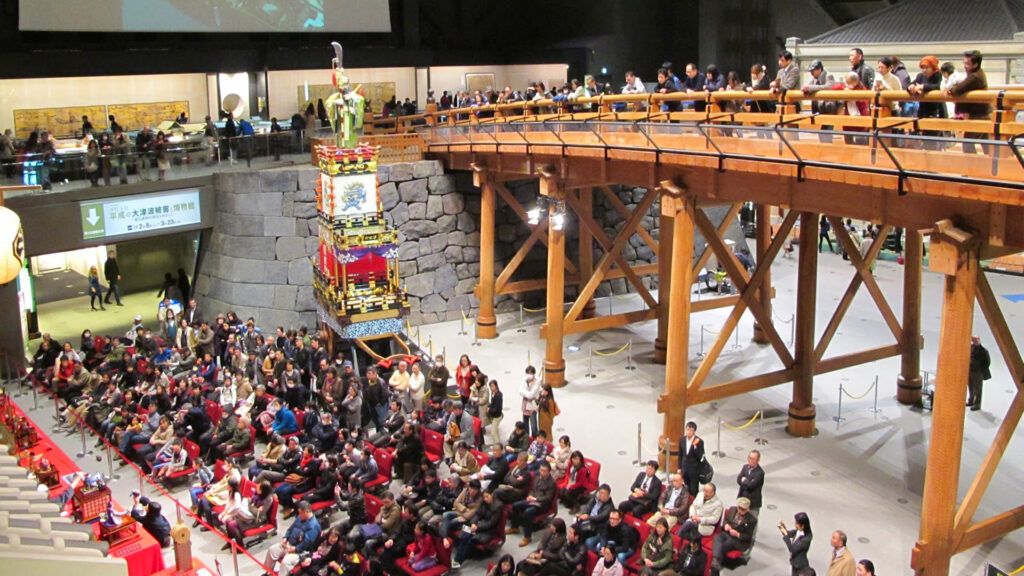
The Edo-Tokyo Museum, opened in 1993, is not only architecturally impressive but also rich in content with information and exhibits. The building itself, with its futuristic design, reflects the dynamic nature of Tokyo while simultaneously contrasting with the historical theme of the museum.
The tour of the exhibition begins in the Edo period, an era that lasted from 1603 to 1868. Visitors immerse themselves in the daily life of that time, experiencing the splendor of the samurai and the flourishing culture. The attention to detail in the reconstructions is impressive – from faithful reproductions of buildings to authentic clothing. One feels transported back in time.
A highlight of the Edo era exhibition is undoubtedly the reconstruction of the Nihonbashi district, a historical trading center. Here, one can virtually feel the atmosphere of bustling market activity. The diversity of the exhibited items, ranging from craftsmanship to everyday objects, provides a comprehensive impression of life at that time.
The transition to the Meiji era marks a crucial turning point in Japan’s history. The modernization and opening of the country to the West significantly shaped this era. The museum illustrates this transformation through impressive models and interactive displays. Visitors can trace Japan’s progress from traditional craftsmanship to industrialization.
A special highlight of the Edo-Tokyo Museum is the section on the World War II and post-war period. Authentic artifacts, personal stories, and multimedia presentations provide a profound understanding of the challenges and reconstruction that Tokyo experienced after the war.
The tour concludes in the present, where visitors can glimpse modern Tokyo. The evolution from a modest Edo settlement to one of the most advanced cities in the world is vividly presented through interactive exhibits and historical evidence. One can feel the city breathing and constantly changing.
In addition to the permanent exhibitions, the Edo-Tokyo Museum regularly features rotating special exhibitions on various topics. This ensures that the visit remains exciting and informative for returning guests.
Overall, the Edo-Tokyo Museum is a fascinating journey through time that brings history to life. The combination of traditional elegance and modern presentation technology makes this place a must-visit for history enthusiasts, culture lovers, and anyone interested in understanding the diverse past and present of Tokyo. Immerse yourself in this captivating world and let yourself be enchanted by the unique history of Tokyo.
A Tour of the Edo-Tokyo Museum
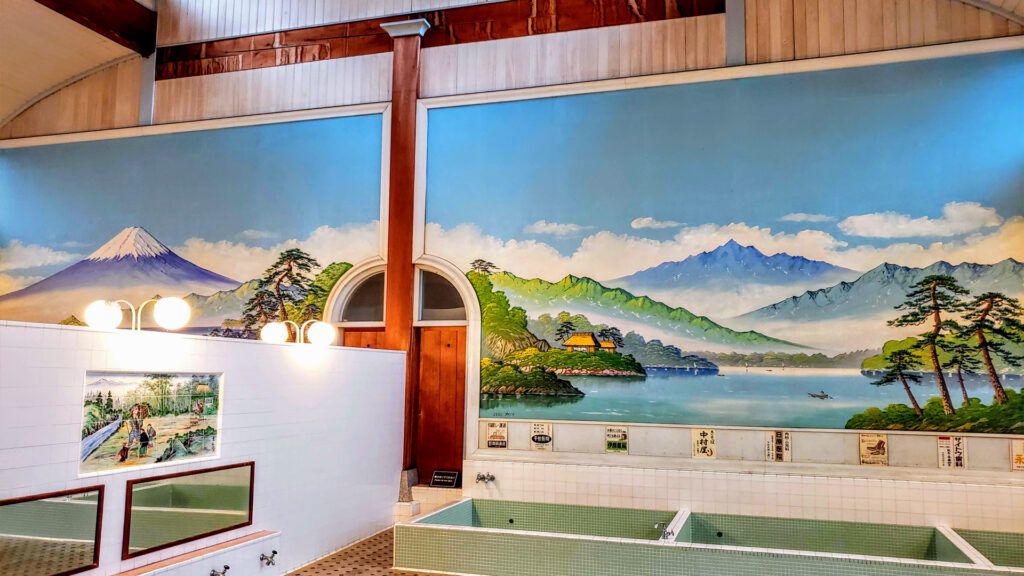
A tour of the Edo-Tokyo Museum in Tokyo promises an impressive journey through the history of the Japanese capital. Located in the heart of the metropolis, the museum is not only architecturally appealing but also provides a comprehensive depiction of Tokyo’s development from the Edo era to the modern metropolis we know today.
The visit begins with an impressive entrance area that transports visitors back to the Edo period. The meticulous reproduction of street scenes, traditional houses, and artistically designed gardens brings old Tokyo to life. Even here, it becomes evident how carefully the museum has captured the atmosphere of past eras.
A highlight of the tour is undoubtedly the Edo era exhibition. Visitors are transported to a time when Tokyo was still called Edo and was the cultural and societal center of Japan. From historical artifacts to interactive displays, this exhibition offers a deep insight into the daily life, art, and economy of this fascinating period.
However, the museum’s collection extends beyond the Edo era. An impressive variety of exhibits also documents the dramatic changes Tokyo has undergone over the centuries. The Meiji Restoration, industrialization, and the events of the 20th century are detailed, as are the modern achievements and challenges the city faces.
The multimedia presentation of the exhibition is particularly impressive. Cutting-edge technology is used to bring historical events to life. Virtual reality and interactive displays allow visitors to immerse themselves in the past and experience history in an entirely new way.
In addition to permanent exhibitions, the Edo-Tokyo Museum regularly hosts changing special exhibitions that illuminate various aspects of the city’s history. This makes the museum a place that can be visited repeatedly, as there is always something new to discover.
Another highlight of the tour is the view from the museum’s observation platform. From here, there is a breathtaking panoramic view of modern Tokyo, stretching out in all its urban splendor. This perspective vividly illustrates how the city has changed over time and the path it has taken to its current size and significance.
The tour of the Edo-Tokyo Museum is not only educational but also extremely entertaining. The combination of impressive exhibitions, interactive experiences, and the fascinating view makes this place a must-visit for history enthusiasts, tourists, and locals alike.
Overall, the Edo-Tokyo Museum provides a unique opportunity to experience the history of Tokyo in all its facets. From humble beginnings in the Edo era to the modern, bustling metropolis – this tour is a journey through time that offers a deep insight into the soul of this fascinating city. A visit that not only deepens understanding of Tokyo’s past but also provides a glimpse into the future of this dynamic city.
A highlight of the tour of the Edo-Tokyo Museum is undoubtedly the reconstruction of the Nihonbashi district during the Edo era. This faithful representation allows visitors to immerse themselves in the daily life of that time. The recreated streets, buildings, and market stalls provide a vivid impression of the bustling atmosphere and cultural diversity of that era.
The exhibition on the Meiji Restoration and subsequent industrialization provides a fascinating glimpse into Tokyo’s transformation. From Japan’s opening to the West to rapid modernization, this exhibition highlights key moments of that era. Authentic artifacts and multimedia presentations vividly illustrate the societal upheavals and the introduction of new technologies.
Another remarkable highlight is the depiction of Tokyo’s cultural heyday during the Taisho era. The exhibition showcases the artistic and intellectual development that shaped the city. From traditional art to new creative movements, this section reflects the diverse cultural scene that made Tokyo a center of avant-garde.
The hall focusing on the reconstruction of Tokyo after World War II is particularly impressive. The resilience of the city and its residents is portrayed through photographs, personal stories, and historical artifacts. This phase marks a crucial turning point in Tokyo’s history, emphasizing the incredible reconstruction and modernization after the devastating war years.
The interactive displays in the museum offer visitors the opportunity to delve deeper into specific topics. Virtual reality, in particular, allows for experiencing historical events up close. Whether it’s the Great Kanto Earthquake of 1923 or the 1964 Olympic Games – immersive technology provides an intense understanding of the challenges and triumphs Tokyo has experienced over time.
Finally, the Edo-Tokyo Museum’s observation platform is an unmissable highlight. The breathtaking view over the city rooftops allows one to feel the connection between the past and the present. The contrast between the historical reconstructions in the museum and the modern Tokyo unfolding before the eyes is a visual highlight that underscores the adaptability and dynamism of this fascinating metropolis.
In conclusion, these outstanding highlights in the Edo-Tokyo Museum offer a multifaceted journey through the history of Tokyo. Each section of the tour contributes to painting a comprehensive picture of this unique city – from its humble beginnings to its current role as a vibrant global metropolis.
my Conclusion
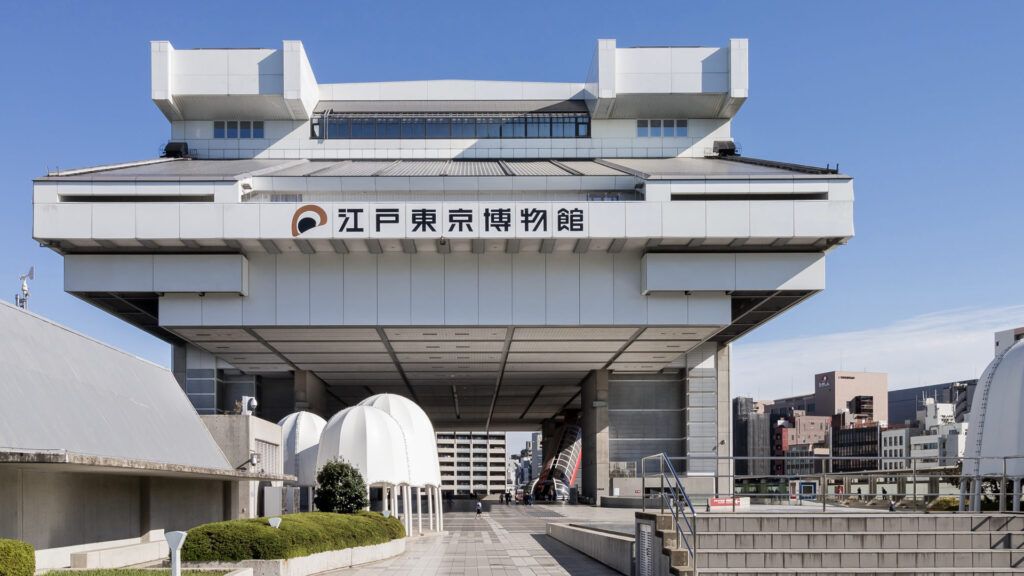
The Edo-Tokyo Museum leaves a lasting impression as a vibrant chronicle of Tokyo’s history. The tour through different epochs, from the Edo era to the present, not only offers an informative journey through time but also impressively conveys the cultural and societal development of the city.
The precise reconstructions and the variety of exhibits allow visitors to deeply immerse themselves in the past. The care with which the exhibitions are curated imparts not only historical knowledge but also an intense sense of the realities of life in bygone eras. The immersive technology, especially virtual reality, lifts museum visitors out of their present and enables them to experience historical events in a personal way.
The strength of the Edo-Tokyo Museum lies not only in depicting the past but also in emphasizing the resilience and innovation that have shaped the city. The focus on key moments such as the Meiji Restoration, industrialization, and post-World War II reconstruction provides a comprehensive picture of Tokyo’s development.
The museum’s observation platform serves as a fitting conclusion to the tour by offering an impressive view of modern Tokyo. Here, the contrast between the rich history presented in the museum and the vibrant present becomes palpable. This perspective underscores the continuity of change and the ongoing significance of Tokyo as a cultural and economic center.
In conclusion, the Edo-Tokyo Museum is not just a place for history enthusiasts but for anyone seeking a profound insight into the soul of Tokyo. The combination of meticulously curated exhibitions, interactive experiences, and the fascinating cityscape view makes the visit enriching. The museum succeeds in bringing history to life and sending visitors away with an enhanced understanding of Tokyo’s cultural, social, and economic development. A must-visit for anyone wishing to experience the captivating history of this pulsating metropolis.

